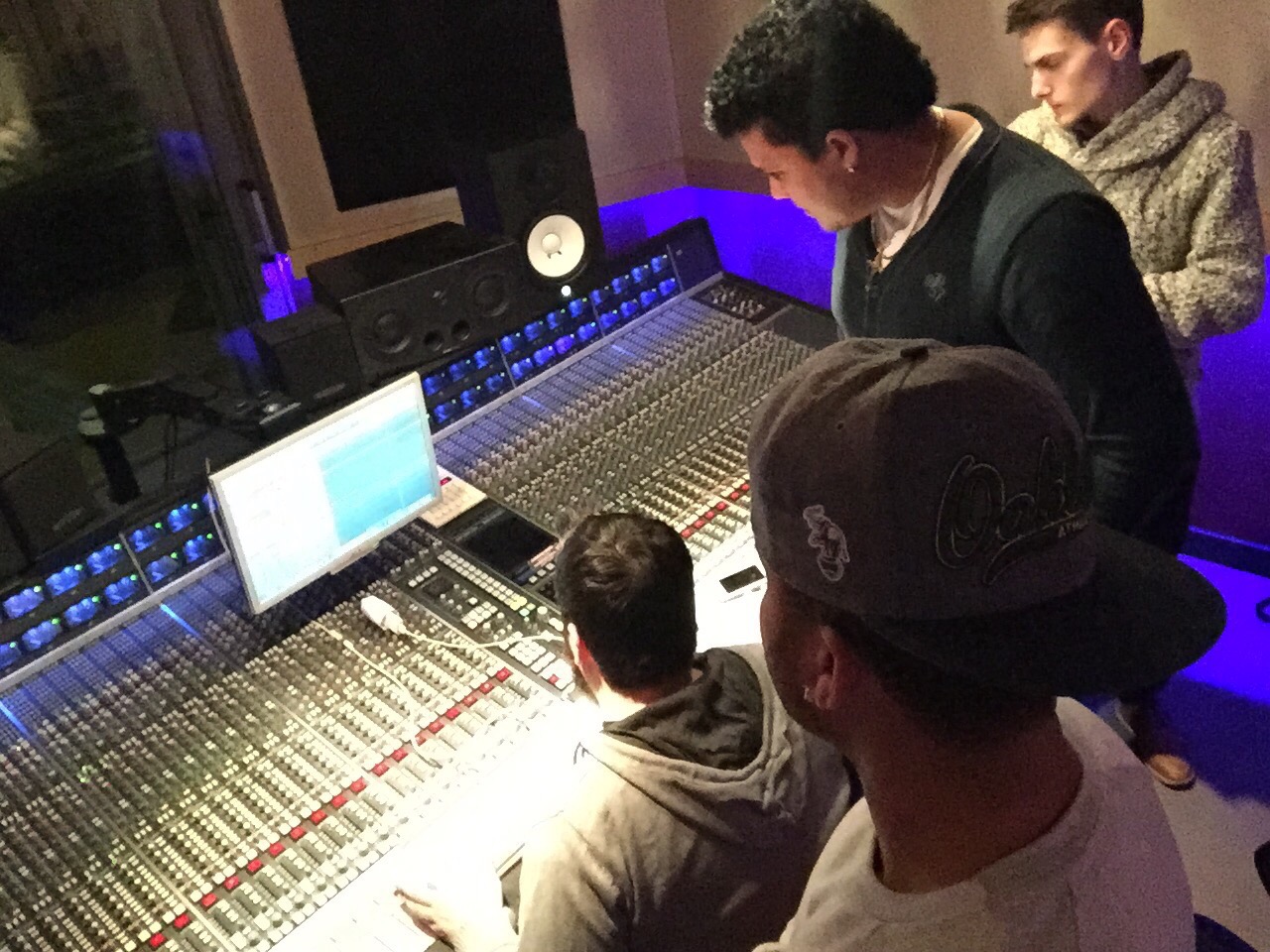Define "Mixing and Mastering"
- Audio Mixing Mastering

- Nov 4, 2020
- 4 min read
Updated: Feb 11, 2023
The definition of Mixing and Mastering
The way toward mixing is known as when you mix all instruments with the goal that they have their own space, instruments at that point become perceptible and they don't get in one another's space. Mixing in its easiest structure is truly about the utilization of the right balance.
In any case, the way toward Mastering is the point at which you apply the correct harmony between the diverse sounds with the goal that they coordinate normally and an ideal assortment of songs are made.
The two fundamental segments of expert sound creation are mixing and mastering. Sound creation is a fragile balance of information, equipment, and experience, together they help to make the ideal sequences. There are numerous orders engaged with sound designing and they are physics, technology, acoustics, equipment, and music. Each layer presents its hypothesis and has its arrangement of difficulties. Making the production professional is the main stage in the recording cycle. Making great mixes requires a viable comprehension of the way toward building a mix and a little inventiveness. The groundwork for the last step is a detailed cycle that requires a comprehension of the objective of mastering and placing in the last touches. The two of them assume a huge part in sound creation, nonetheless, now and again it is hard to recognize the two and the line gets obscured.
What is mixing?
This is the point at which every one of the individual tracks is blended to make the last form of the song in the proposed design. Mixing is the specialty of tuning in. The purpose is to give the enthusiastic setting of a bit of music. It is the cycle whereby different sound layers-whether recorded, inspected, or integrated are adjusted and joined into a multi-channel design. It is the obligation of the mix engineers to make the sonic parts of the last mix. The final product of this is the mix.
What is mastering?
Mastering is known as the last phase of the creation cycle where each of the mixes are prepared and coordinated so a finished result can be conveyed. Another significant part of this cycle is as a last degree of value power over the sound nature of each mix so consistency is kept up. Mastering engineers ought to change the mixes as little as could be expected under the circumstances if the mix engineers have done sensibly well with the mixes. As should be obvious, clearly there is something else entirely to mixing than meets the eye.
Difference between mixing and mastering
1. Basics of mixing and mastering
The recording cycle is the place where mixing is now done. Moreover, the cycle is about musical vision and sound reality meets up. At the point when different layers of sound are combined to make a last melody or when a current track should be changed, the cycle is called mixing. Mastering then again alludes to the last stage in the creation cycle where the last mix is taken and arranged for scattering. A last form is made after all the individual components of music, effectively mixed in their last organization are adjusted to sound skilled.
2. Process of mixing and mastering
The way toward mixing is the progression performed prior to mastering happens, it includes adjusting singular tracks and joining them together to make a song in the expected arrangement. The mixing cycle starts after all pieces of a melody have been recorded and altered. This organization is generally called mixing when everything becomes one. Mastering is when essential changes are made to give the best similarity between various sound materials. This can be utilized to investigate the blend as it happens to the sound that is now mixed.
3. Steps in mixing and mastering
The mixing cycle resembles a puzzle where you need to join the parts you recorded to ensure everything fits together. The initial step is to coordinate and gather your tracks in relative names. After this part mixing happens, at that point altering, EQ'ing, and other handling impacts, after which each instrument can be recognized. At that point, sound engineers can utilize computerization to make changes after some time. Controlling impacts and obscuring through the tracks with mechanization will enable the sound designer to keep up a decent harmony between instruments, vocals, and different sounds. After which the volumes are acclimated to a suitable level and the cut-out eliminated before the task is exported.
After the mix the sound needs to sound near perfect then mastering becomes the next step. This is actually what the mastering engineer finds a way into. The initial phase in the mastering cycle begins with changing the degree of each bit of music to ensure they have sound, since they are basically a similar volume. The degree of the songs ought to be the equivalent all through with the goal for them to sound generally comparable. The specialist will at that point change the low frequencies of at least one track to ensure consistency is occurring in order to make an incredible sound on various playback media like speakers, hi-fi systems, earphones, and so forth.
Mixing vs. Mastering: Comparison Chart

Summary of mixing and mastering
By and large, the sound creation measure generally comprises three phases. These incorporate, mixing, and mastering. Mixing is the cycle that goes before mastering, coordinating, and joining numerous layers of audio to make the last song for mastering. It's the way toward making the last position and moving the piece to the proposed media design. The outcome of this stage is the "mix". Following the mix is mastering, and the cycle is sorting out and handling each of the mixes so the completed item is prepared for distribution. The idea is to get the best recording, which implies the sound must be directly at the right source. A completed product is a joint effort of both mixing and mastering engineers.




コメント